Angkor Wat is one of those places that is on everybody’s bucket list—or if it’s not currently, get it on there now! 😉 This isn’t your average visit to an old, 12th century city. Angkor is filled with 72—yep, 72—wats (temples) both pieced back together and in actual ruin. This is the creme de la creme of ancient ruins in Southeast Asia. It’s still fairly unregulated, so you can climb around on things and explore!
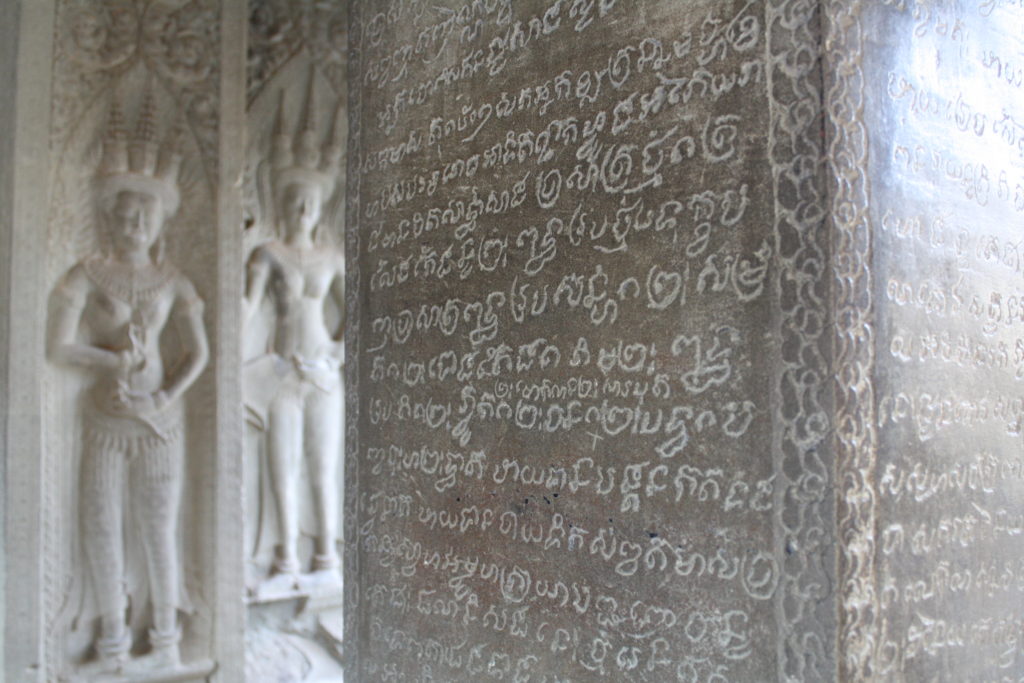
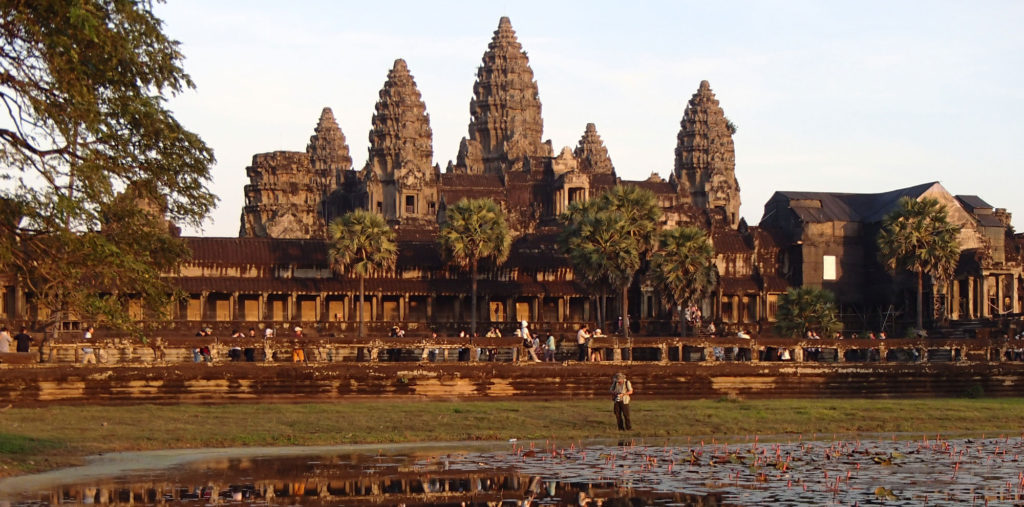
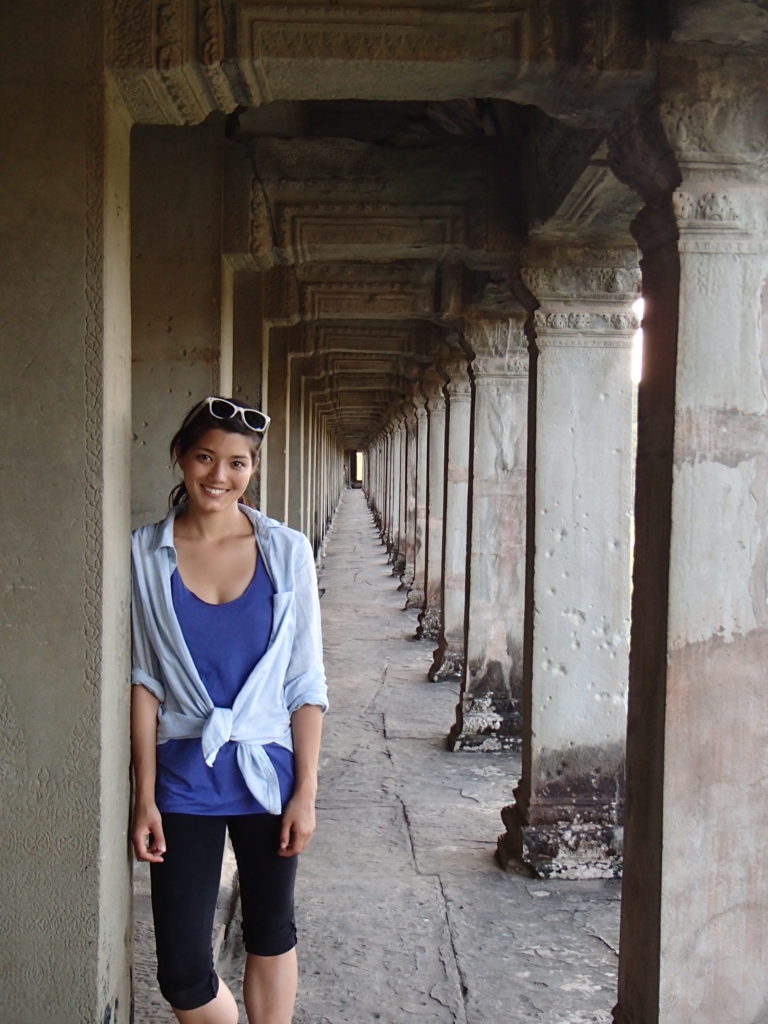
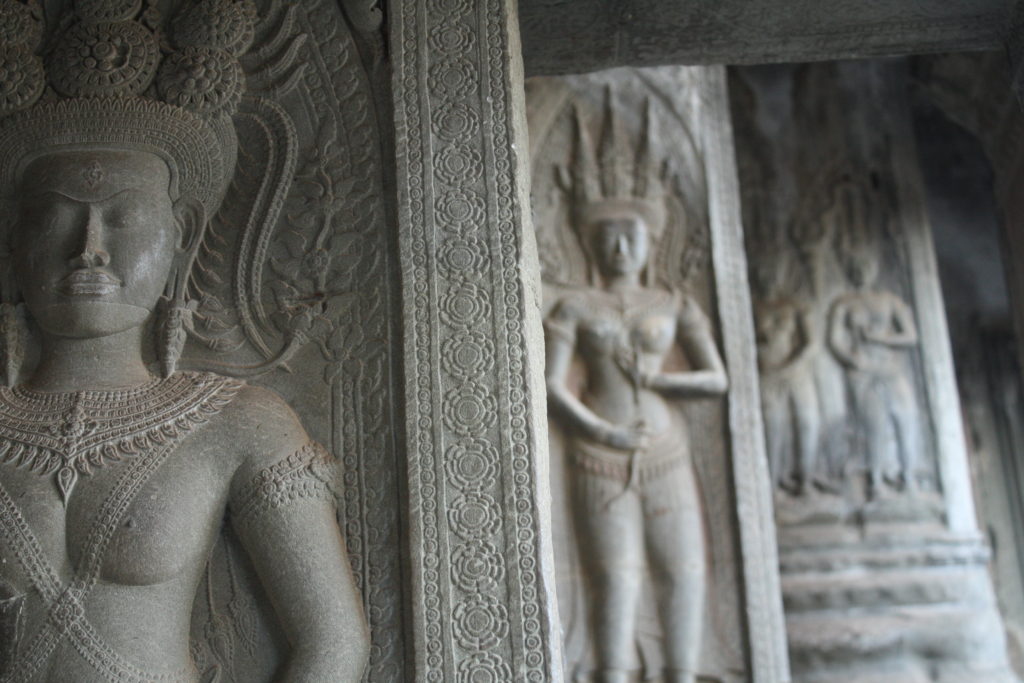
There is so much to share about our visit and we have so many pictures that this post will specifically cover ticketing, transportation, tips, and one secret for visiting Angkor Wat, the main temple. To read more about the other can’t-miss temples of Angkor, click here and if you want an awesome guide to Siem Reap and pick up some of our insights there, you can read that here!
Tickets
First things first. Angkor Wat has admission, so you need to get a pass! Prices (in USD) as of February 2017 are $37 for a one-day pass, $62 for a 3-day pass, and $72 for a 7-day pass. If this seems expensive—particularly for typical Southeast Asia prices—I can assure you 100x over that it’s completely and utterly worth it. A lot of the money goes to the restoration and upkeep of the complex and $2 from every ticket sold goes to the Kantha Bopha Children Hospitals Foundation, which offers free medical treatment to children in five hospitals around Cambodia. Obviously, you’ll want to choose the pass that covers the amount of time you plan to visit. I would recommend at least 3 days. We purchased a 7-day ticket and went 5 days!
Go straight up the main road, Charles de Gaulle, to hit the entrance/ticket booth. We were on bikes our first day and took a back road in. We missed the ticket booth and had to circle back to pick up our tickets! Learn from our mistakes. 🙂
You can find a lot more info on tickets here at visit-angkor.org.
Transportation
We did a combination of 3 days of bike rentals and 2 days of hiring a tuk-tuk. We highly recommend biking! It cost us only $1 per day each to rent our bikes, but we didn’t rent them on consecutive days. If you did a 3-day rental, you might get even a better deal than we did! Our bike rental place was just down the street from our hotel in Siem Reap, family run, and had a number of bikes to choose from. They also gave us a lock for the bikes.
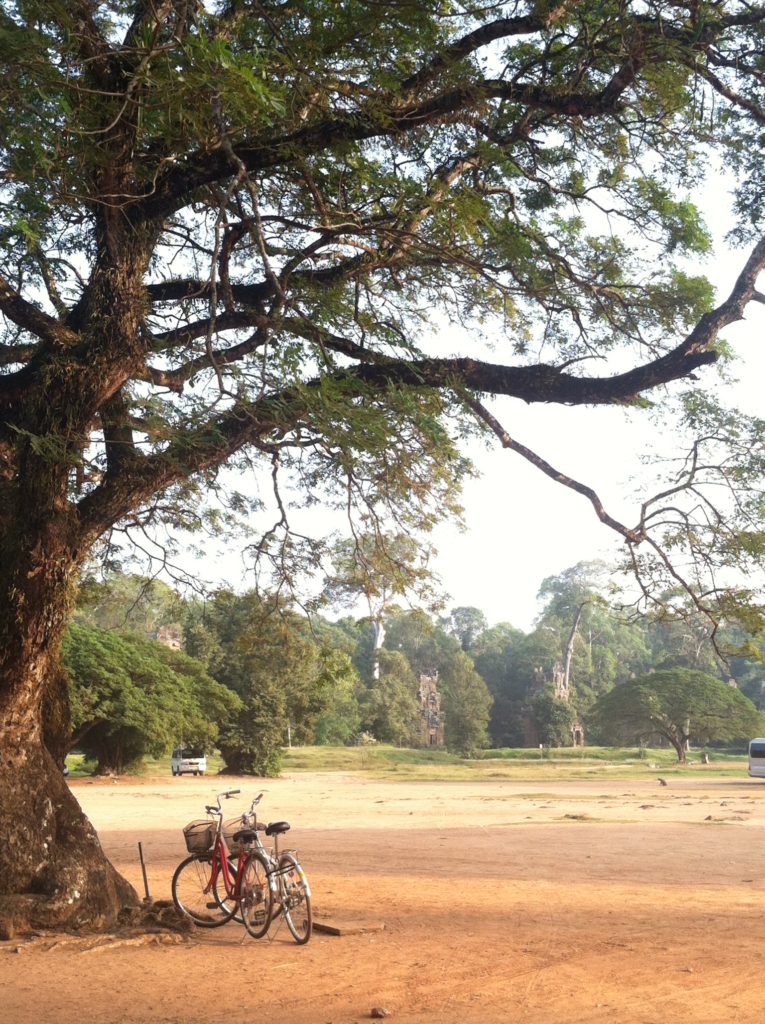
From Siem Reap, the entrance to Angkor Wat is approximately 6 kilometers away. It took us about 20 minutes to get there from downtown. It’s hot out (always), but the faster we rode, the more wind in our hair. 😉 Having bikes also let us stop for a good 20 minutes to be entertained by some monkeys on the side of the road.

We advocate going the bike rental route because Angkor Wat is not far from Siem Reap, so it was an affordable way to create our own plan and spend as much time exploring as we wanted. Plus, it’s WAY fun to ride at night through the streets of Siem Reap. There are no bike rules and you dodge in and out of traffic. It’s crazy and fun, just be careful!
The most popular mode of transportation is to rent a tuk-tuk with a driver guide. You can get help from your lodging to help you arrange one or you can barter on the street. It’s definitely not a difficult task to locate a tuk-tuk driver for a tour—they are everywhere! They’ll work with you to make sure you see what you want to. They’ll bring you to the wats you want to see, spend however long you want at each one, and you can “book” them for all the days you want to visit!
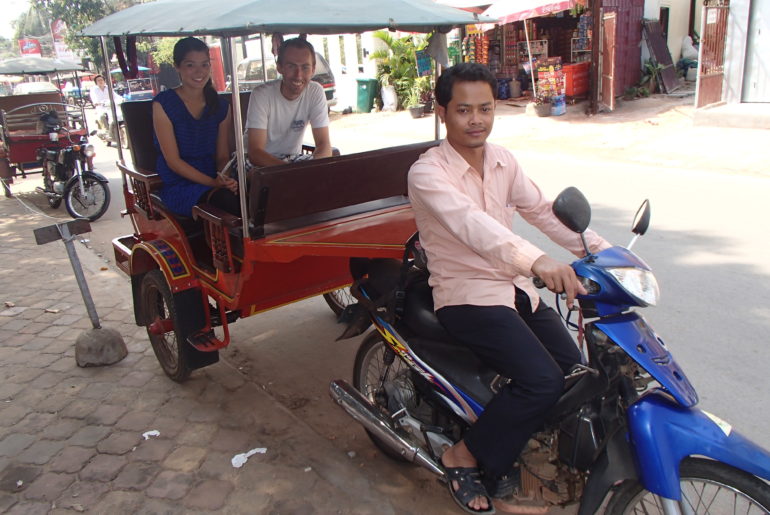
They also act as a guide along the route and can tell you interesting facts about the temples you’re visiting. Tuk-tuks are worth every penny and it’s a great cultural experience as you often learn about the driver, their family, and their life. Don’t forget to be nice to your driver! If you buy a water or fruit, get them some too! And of course, be sure to tip. It goes a long way for them.
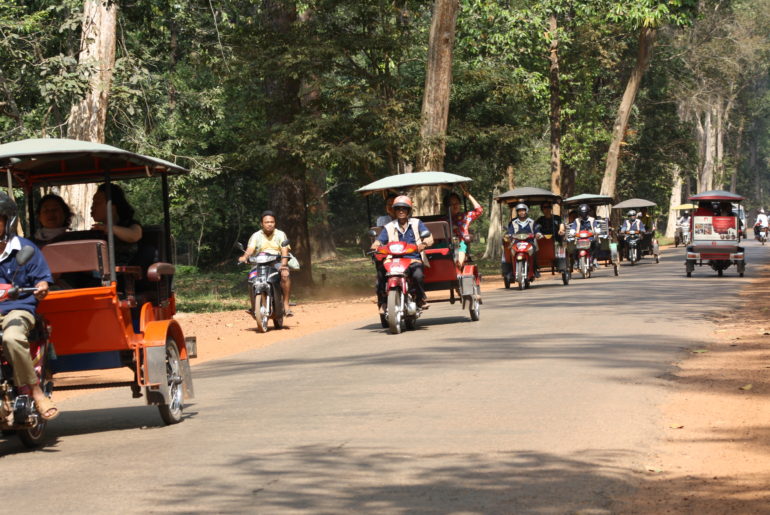
As far as cost goes, plan on $25 a day plus a tip, but this is split between whoever you have in your tuk-tuk. The more people you have, the more cost-effective it is for you. Keep in mind, that cost may increase if you are wanting to visit a temple, like Banteay Srei, that is far from the normal route.
What Route to Take
Angkor was an actual city at one point. Not a small one either. Some ruins are close together, but some are really spread out! There are two main routes: the Small Tour and the Grand Tour. It really just depends on how much time you have and what you’d like to see. But like the name might imply, the Grand Tour is a bit more spread out, so the day we did that is the day we hired the tuk-tuk. (Read about the Grand Tour here!) Much of the Small Tour sites, we did on bikes.
It’s not a pretty map, but the red line is the short circuit tour and the blue is the grand tour.

Guided Tours of the Temples
Almost all tuk-tuk drivers will tell you about the grounds and temples as they take you around and will answer any questions you have. However, if you want a guide inside of the temples, not all drivers can do that as there is a certification required. There are tour guides outside of the most popular temples for an extra fee. As a cost-saving option, bring a guidebook with you! Read about things as you visit. In particular, the bas-reliefs inside Angkor Wat are very interesting to learn about.

Tips for Visiting Angkor Wat (the temple)
Ok, so obviously, Angkor Wat, the actual temple, is likely numero uno on the list of wats to visit. It probably goes without saying, but DO NOT MISS THIS!
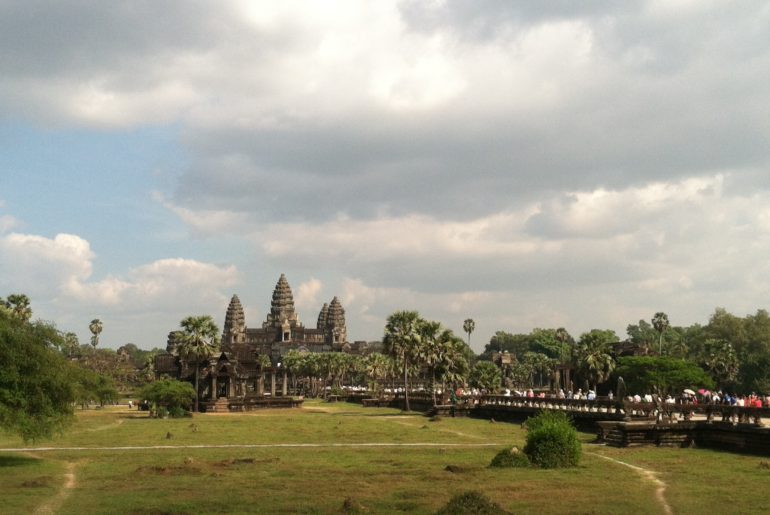
Side story: Brian actually visited Angkor Wat during the SARS epidemic in 2002 (according to Brian, this was a great time to visit because there were so few tourists!). The only difference was found on the top level: a new wooden staircase to the top. In his words, “How unnatural and safe! I remember climbing the steep stone stairs and feeling a sense of accomplishment for summiting the temple. Not everyone could climb those stairs, and so getting to the top felt like it meant something special. Now anybody can do it.”
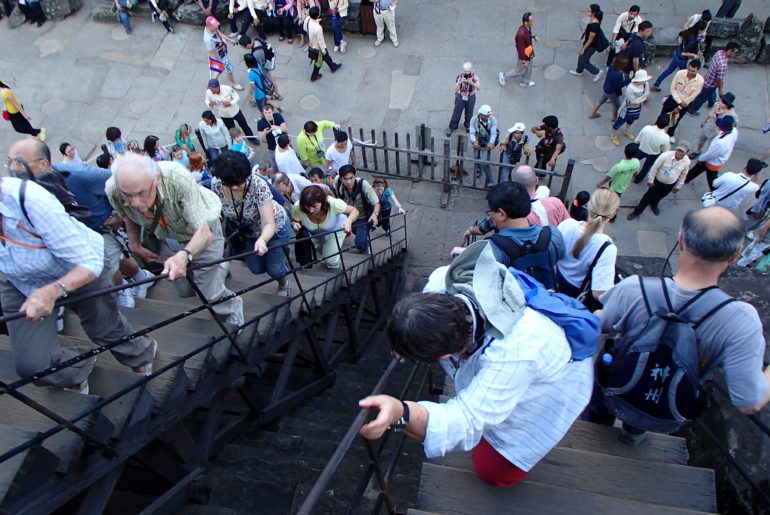
It’s just fine. He got over this quickly 😉 It makes it more accessible for all ages!
Tip #1: Visit for sunset.
Make sure to visit at night for sunset. You get a silhouette of the temple, reflection pool, beautiful colors in the sky. It’s top-notch. It’s also crowded as a lot of people will return here at the end of their tours for the day. Just be ready for it!
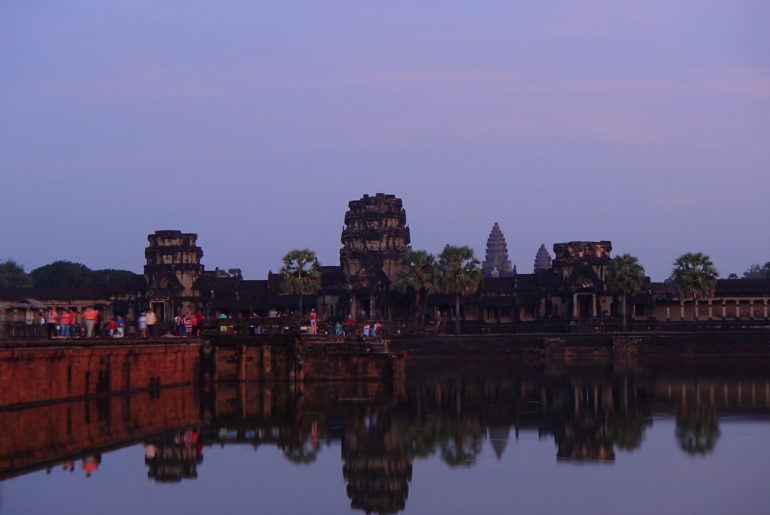
Tip #2: Visit for sunrise.
Brian was ecstatic to be there for sunrise, I was not quite as thrilled as he was. Just as for sunset, it was beautiful! The best pictures are from the near side of the pond on the north side, so you can see the reflection of the temple and capture the sunrise directly behind it. There are hundreds of other tourists doing the exact same thing, so don’t go thinking you’ll be the only one there! But as the sun rises, people disperse and it does get less busy. Except when you get near the people trying to woo you to their stalls for breakfast or coffee.
Tip #3: If you wait, you can get photos with no people.
Though Angkor Wat is the busiest of the temples in Angkor, you can still find quiet areas. Angkor Wat is so large that people get spread out quickly. You only have to wait a minute or so before you can snap a photo without anybody in it. This may not be the case for the most popular areas, but walking around, we found plenty of areas where it seemed like we were the only people there!
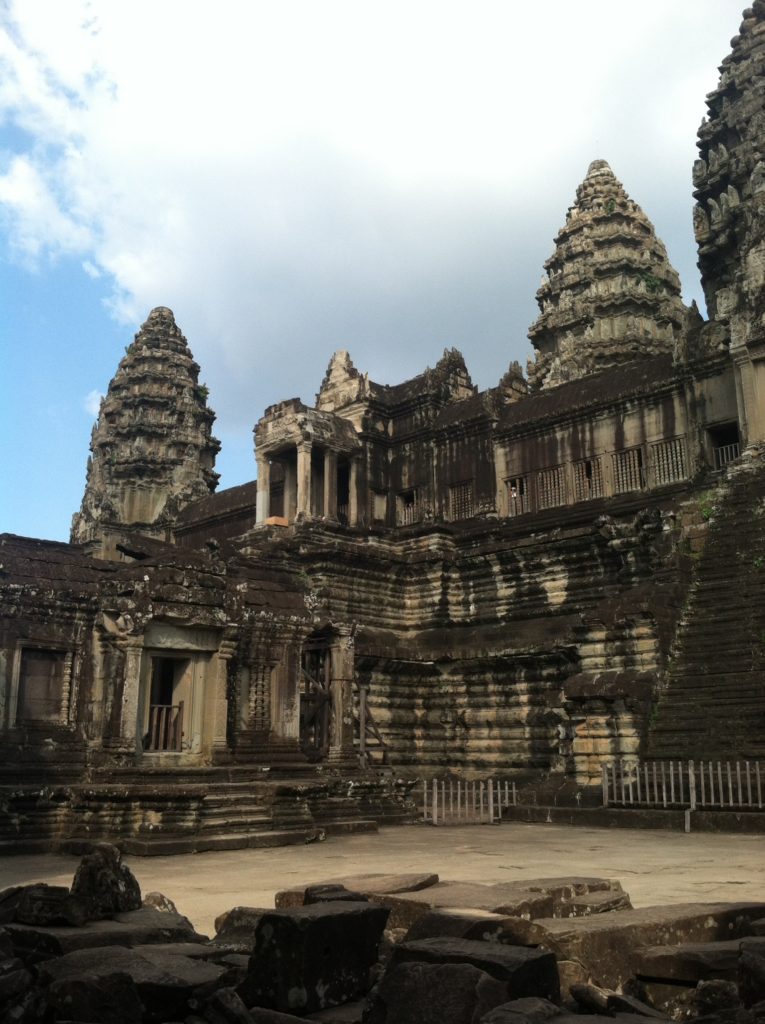
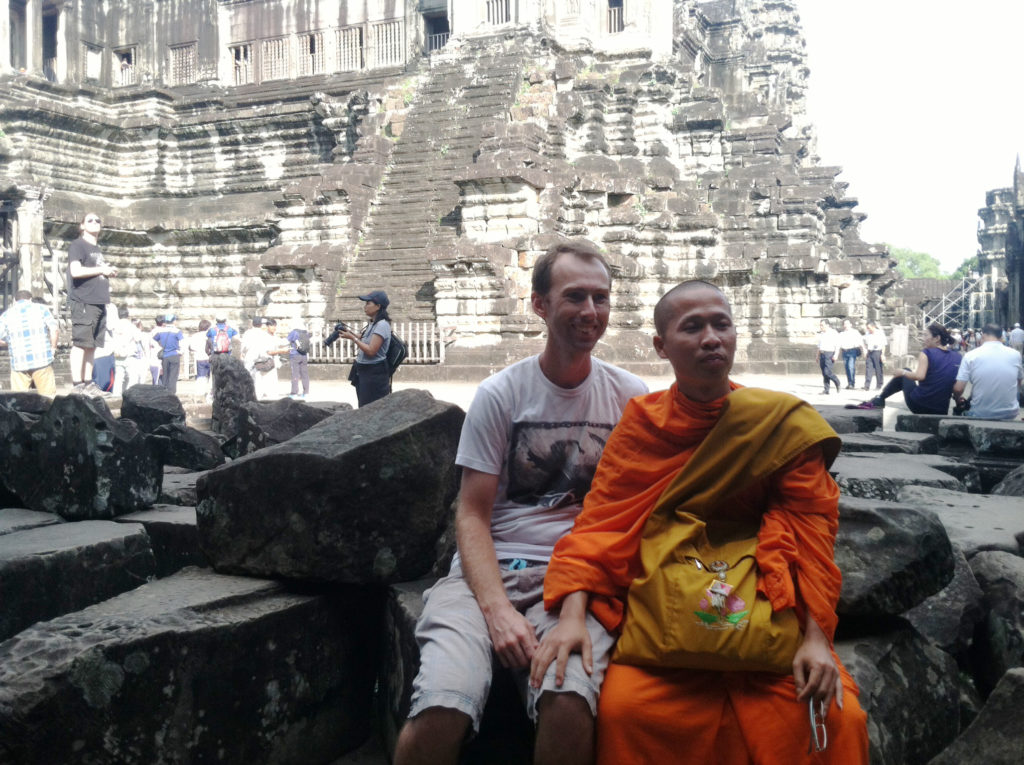
Tip #4: Remember what your tuk-tuk looks like.
Particularly at the end of the day, it is BUSY. There are hundreds of tuk-tuks outside of Angkor Wat waiting for their customees (tourist customers). Finding your tuk-tuk at Angkor Wat at the end of the day can be like trying to find a needle in a haystack. Make sure to make good mental note of what your tuk-tuk looks like, have a solid meeting spot, or take a photo to find your tuk-tuk more easily!
Tip #5: Set aside more time than you think you’ll need.
It’s great to explore and really look at the details. If you are bringing a guidebook, you’ll want to be sure to factor in the time to read about things while you’re there. Brian and I visited Angkor Wat on 3 different days to get our fill!
Tip #6: Take a break.
This one is a general tip for your visit. There is SO much to see. It can be nice to break up a 3 or 4+ day visit with a day exploring Siem Reap. Don’t overwhelm yourself with temples! If you need some ideas of things to do in town, check out our Siem Reap post.
Tip #7: Dress appropriately.
This is another general tip. Angkor is a sacred site and there have been some issues with people not covering up parts of their body (side boobage and under cheek). Be smart about your outfits! Dress appropriately as you would for any other temple visit. Be sure to cover your shoulders and knees—hello light leggings and loose fitting pants!
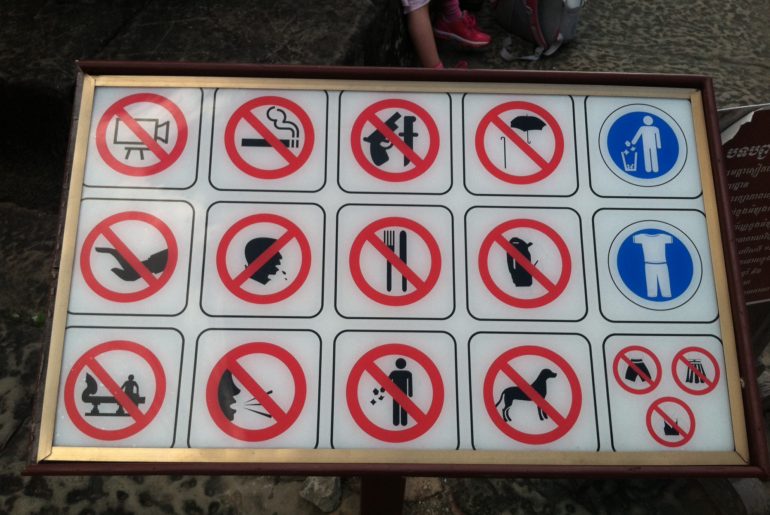
Here’s the secret (Shhhh):
Out of the 2000 Apsara’s (or devata, basically a royal dancer) carved into the walls of Angkor Wat, there is only one that is smiling with her teeth showing. Just one! Traditionally, that was a naughty thing. Nowadays, it doesn’t have the negative connotation and serves as a really good scavenger hunt. It took us awhile to search the bas-reliefs for this special Apsara! We finally found her—DON’T READ IF YOU WANT TO SEARCH!—behind and to the right of the multi-armed statue of Vishnu.
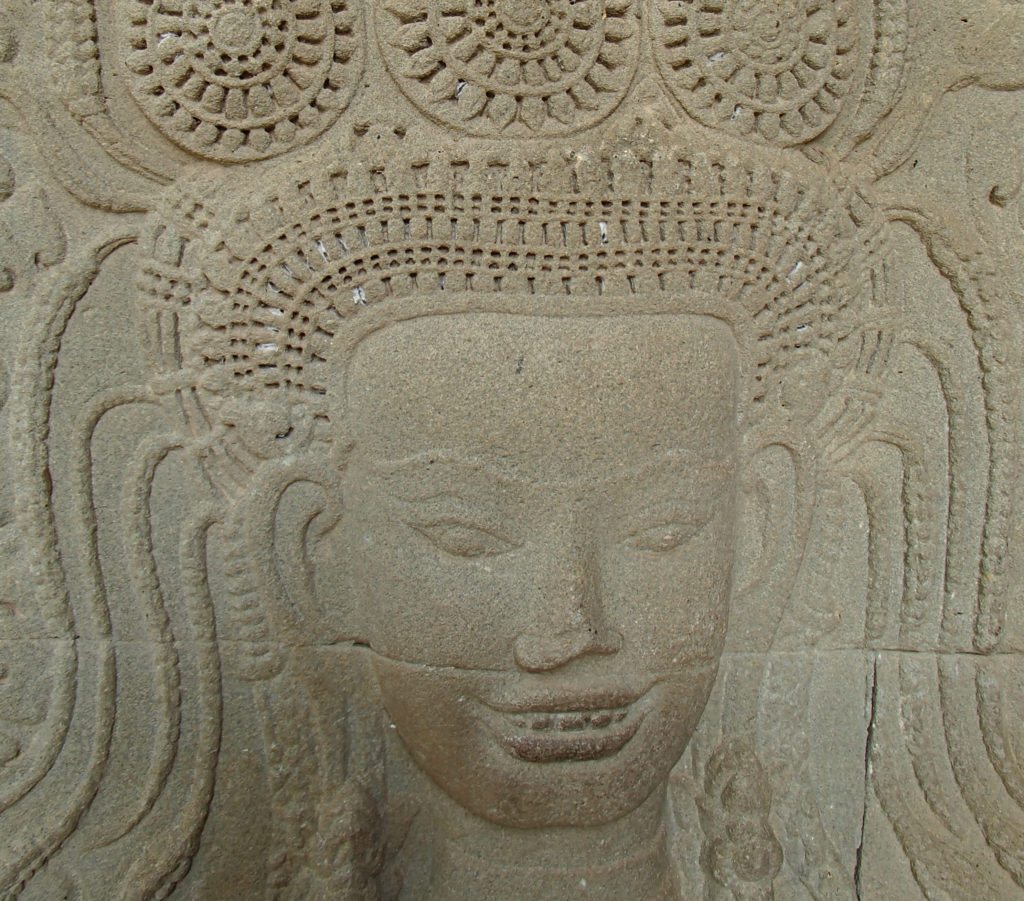
Other Wats in Angkor
There are so many other wats to visit in Angkor! Many of them are just as interesting as the main attraction. Some must-sees are:
The Bayon
Ta Prohm
Banteay Srei
Elephant Terrace
East Mebon
Angkor Thom
Ta Kheo
Preah Khan
You can read all about these here (Banteay Srei, Ta Prohm, Ta Keo) and here (the Grand Tour).

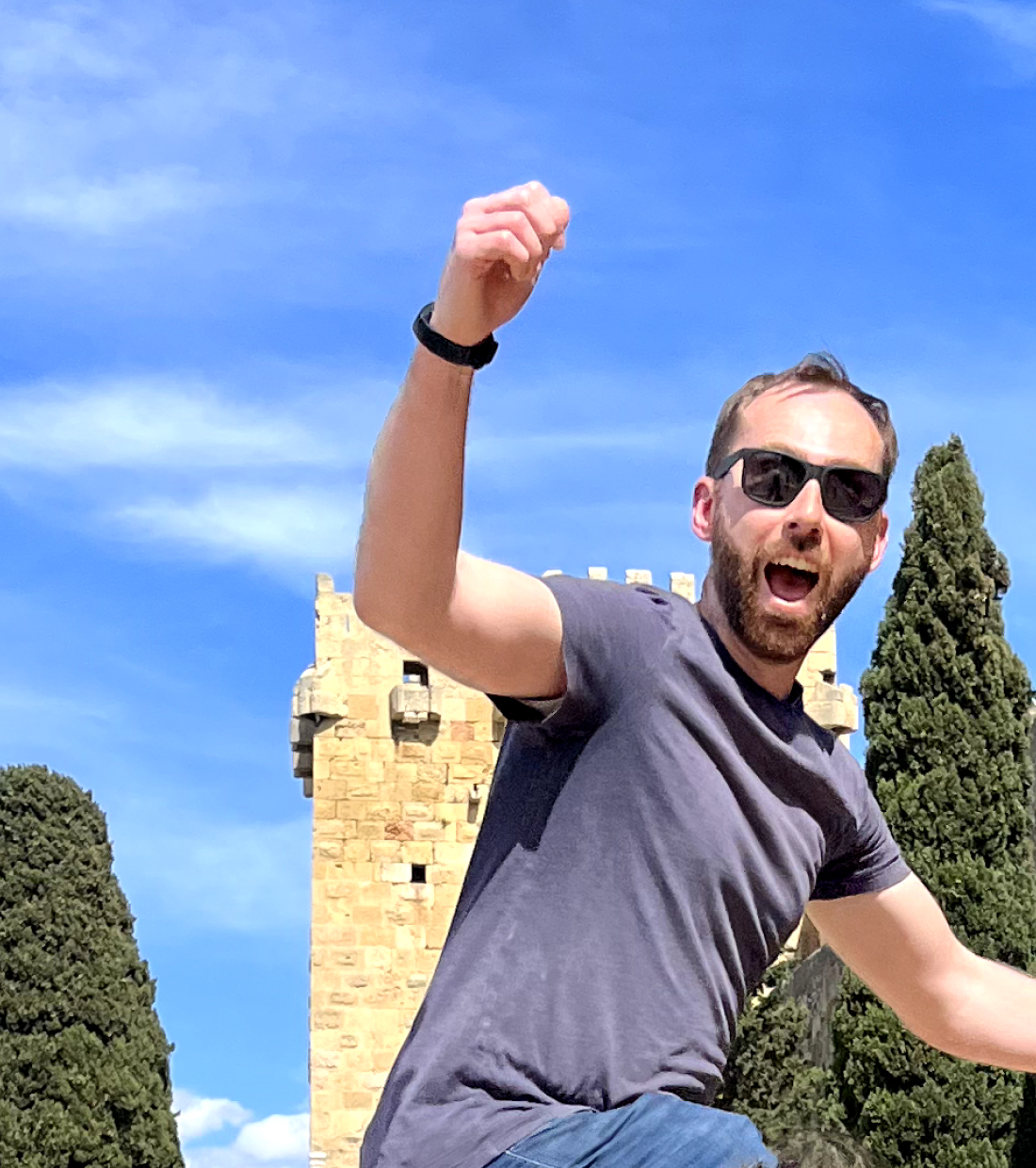

0 Comments